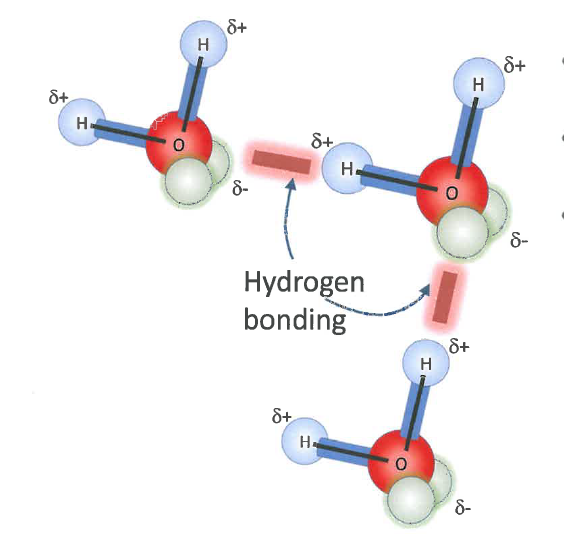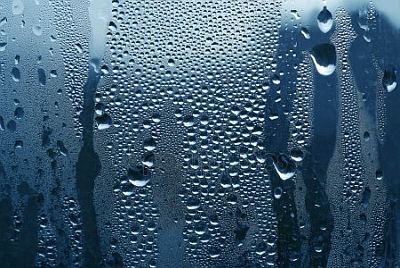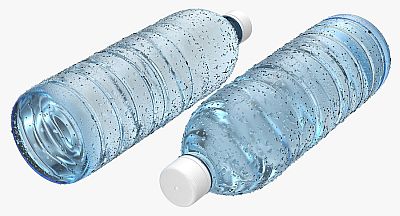COP v25.12:Internal-Moisture; Additional-Information
With cold roof construction, the under-surface temperature of the metal roofing will at times be quite low, so the primary tool of managing condensation is controlling the concentration of water vapour in the attic space. Some condensation is inevitable, and it must be managed to ensure the wetness is not excessive in either degree or duration — allowing moisture to accumulate.
In typical cold roof construction, the insulation is at ceiling level and there is an air gap between the insulation and the roof surface.
With Warm Roofs, the insulation is in direct continuous contact with the underside of the roof. The most common form of Warm Roof in New Zealand is pre-formed insulation panel. Other proprietary systems may consist of several layers with a vapour control layer on the underside.
Warm roofs do not inherently have the same natural ventilation as a cold roof, so the internal environment may require management to prevent condensation problems.
Roof cladding absorbs radiation from the sun and the attic space becomes warmer; some of this heat is radiated into a clear sky at night.
Because all objects radiate heat to cooler objects, night sky radiation will occur when there are no clouds in the sky. The radiation rate depends on the emittance of the roof cladding.
Radiation to the sky can cause the cladding temperature to drop as much as 5˚C below that of the surrounding air; that causes dew when the surface temperature reaches dew point or frost if the temperature falls below zero.
Water exists in 3 states: solid (ice), liquid (water), and gas (water vapour).
10.12.4A Hydrogen Bonding
In ice and liquid water, individual H²O molecules bond together in a special way, called ‘hydrogen bonding’.
In gas form, the kinetic energy of the molecules has overcome these hydrogen bonds, and so the individual water molecules are free to move. The water molecule itself is light compared with other gases in the atmosphere, so it tends to migrate upwards, ie, into the roof space.
Water vapour may condense into a liquid form when the concentration rises or the temperature drops. The temperature at which air can hold no more water is called the 'Dew Point'. The water vapour capacity of air is relative to temperature.
10.12.4B Shower Condensation
10.12.4C Condensation on a Cold Surface
RH is strongly dependent on temperature. For instance, a parcel of air at 15°C and 50% RH is cooled down to 10°C. Now, the relative humidity of this parcel of air will be close to 70%, without the actual amount of water having increased. Relative Humidity expresses how close the air is to being saturated with water vapour. Warm air can hold more moisture in absolute terms, cold air less. If the air becomes saturated (RH 100%) water vapour will condense as mist in the air or as water on adjacent cold surfaces.
Relative humidity is a suitable measure when the risk of condensation on surfaces or mould growth is to be evaluated.
Absolute Humidity is measured in grams of water per volume of air (grams per cubic metre [g/m3]). It is not temperature dependent and in the example above the absolute humidity would remain unchanged at around 6.4 g/m3, regardless of the temperature change.
Absolute humidity is a suitable measure if one is looking for sources or sinks of water in an environment where temperature is changing. If the absolute humidity is cycling during the day, eg, increases in a roof cavity as the temperature rises during the day. It could indicate that moisture is released by the building materials during the day and absorbed or condenses during the cooler nights.
Water Vapour Pressure is more based on the fundamental physics and expresses the contribution (ie, the partial pressure) of water vapour to the total pressure of an air mix. For example, at a pressure of 1000 Pa (1kPa), the partial pressure of nitrogen may be 700 Pa, the partial pressure of oxygen 200 Pa and the partial pressure of water vapour 99 Pa, and other gases 1 Pa.
This parameter is useful to evaluate moisture migration from one point in the building to another.



